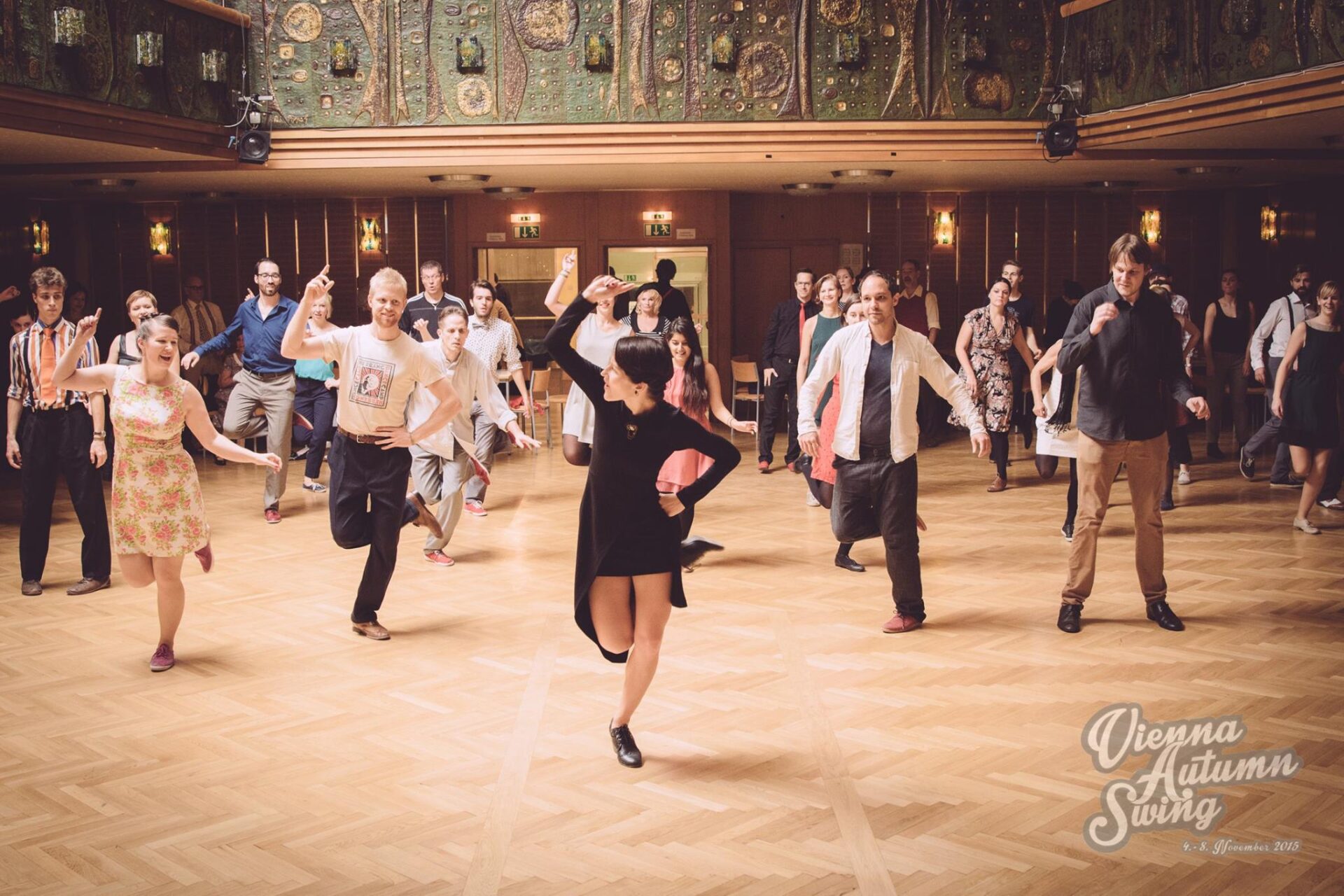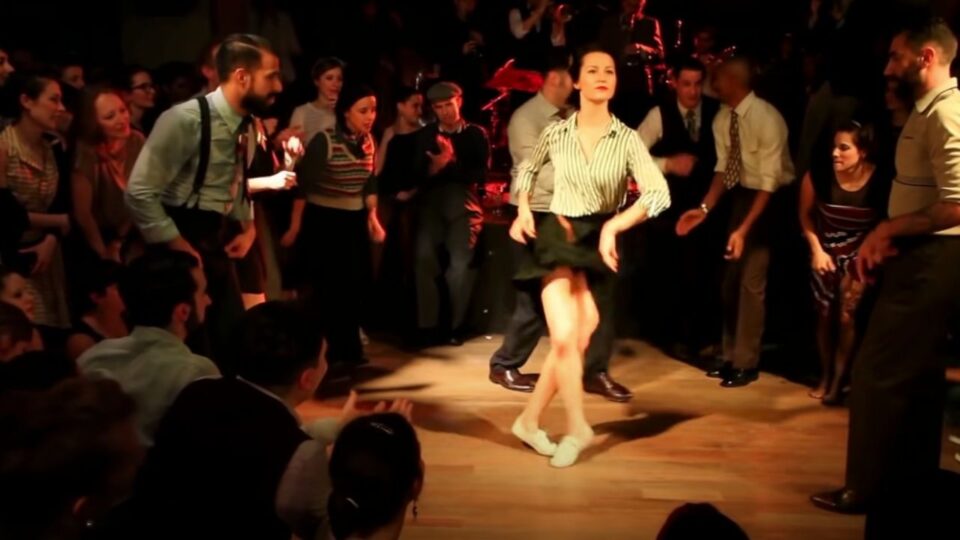In this post, I am going to share a few valuable tips to improve in your solo jazz dancing. I took it from my own experience of studying dance since I was 6 years old as well as diving into Jazz culture for the last 8 years.
I highly encourage you to learn, practice, soak everything you can from teachers, other dancers. Take whatever you are learning and then see if you can run them through these ideas below. Here are 7 essential tips for learning & growing, finding your voice and style in an improvisation – based solo jazz dance styles.
1. Search for your own style in solo jazz dance
To have a style, your own recognisable style, is to be on top of the jazz game. Unlocking the secrets of your movement, your body and bringing out your own style can be a long process. But it’s a journey for a treasure worth taking.
We all have different bodies hence moves will, of course, look different on each one of us. We all have our own character and image: funky, classy, elegant, “powerhouse”, playful, serious. Maybe you are dancing on heels, in sneakers, in a skirt, in baggy pants, etc. Depending on many of these factors the movement will look different. Search for yours. For your energy, your look, your mojo. Each of those great dancers had their own definitive signature style. Just to show a few:

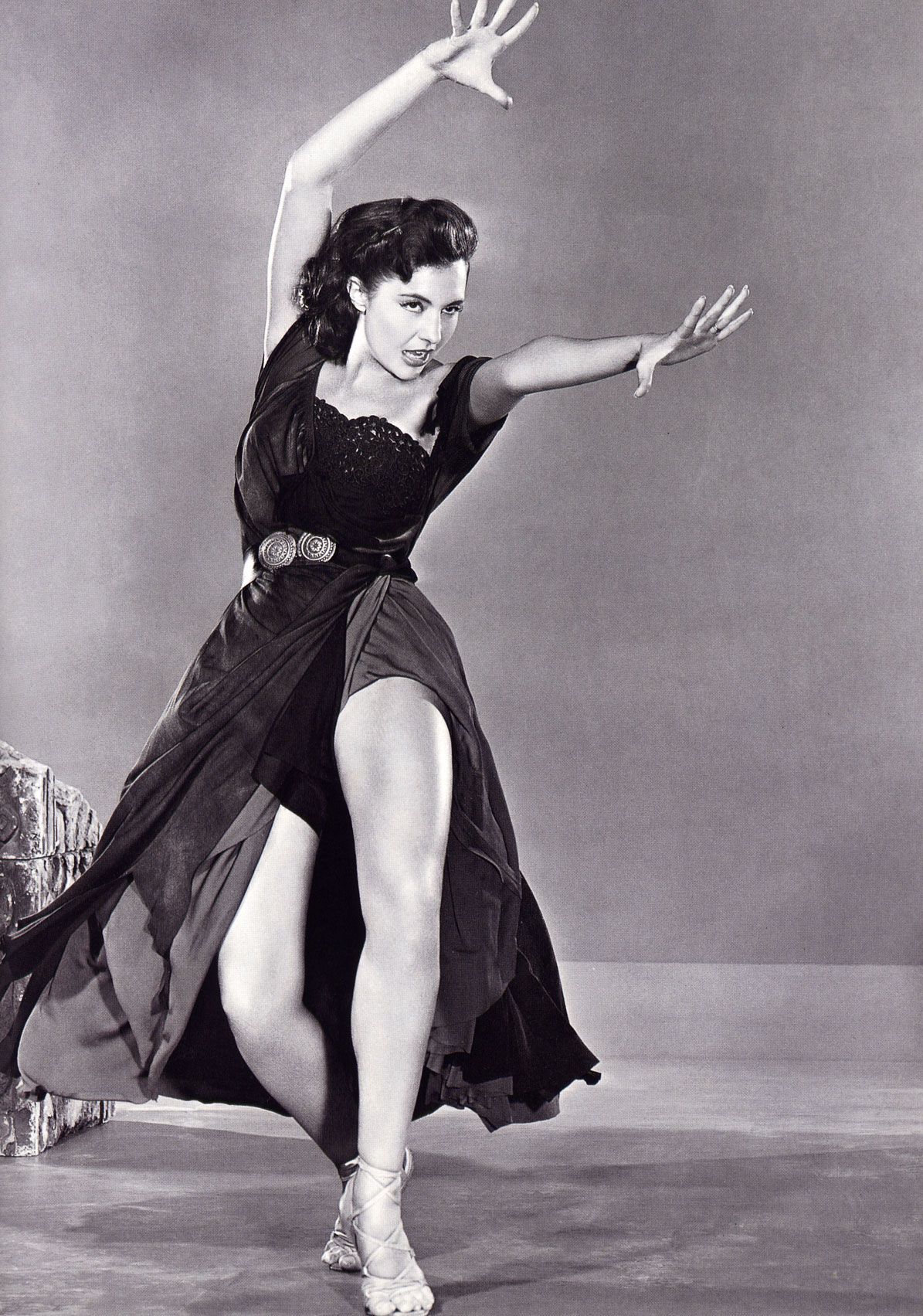
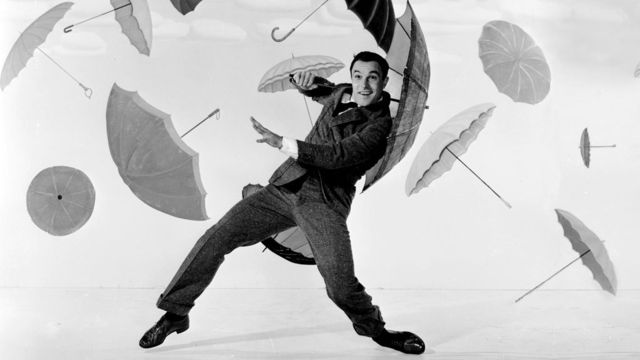

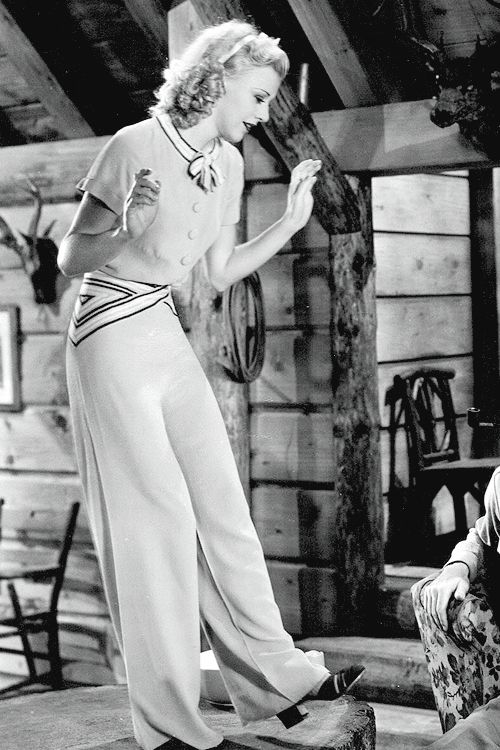
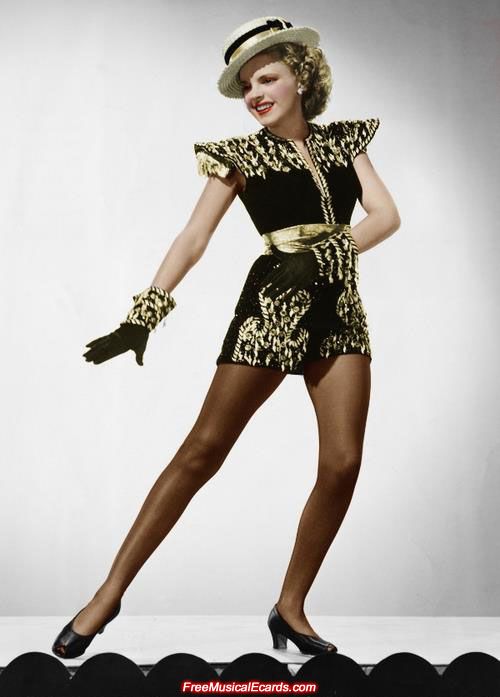
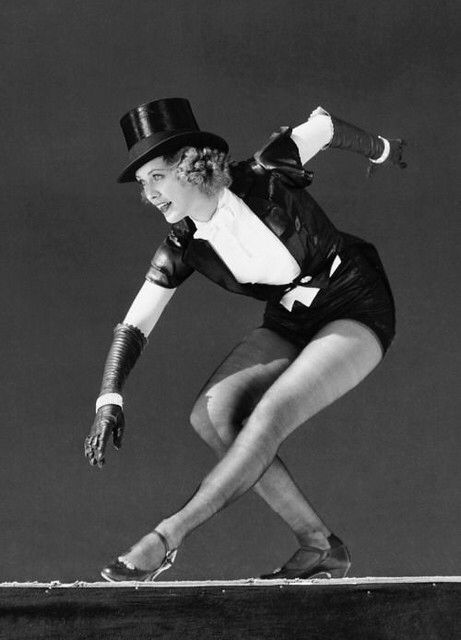
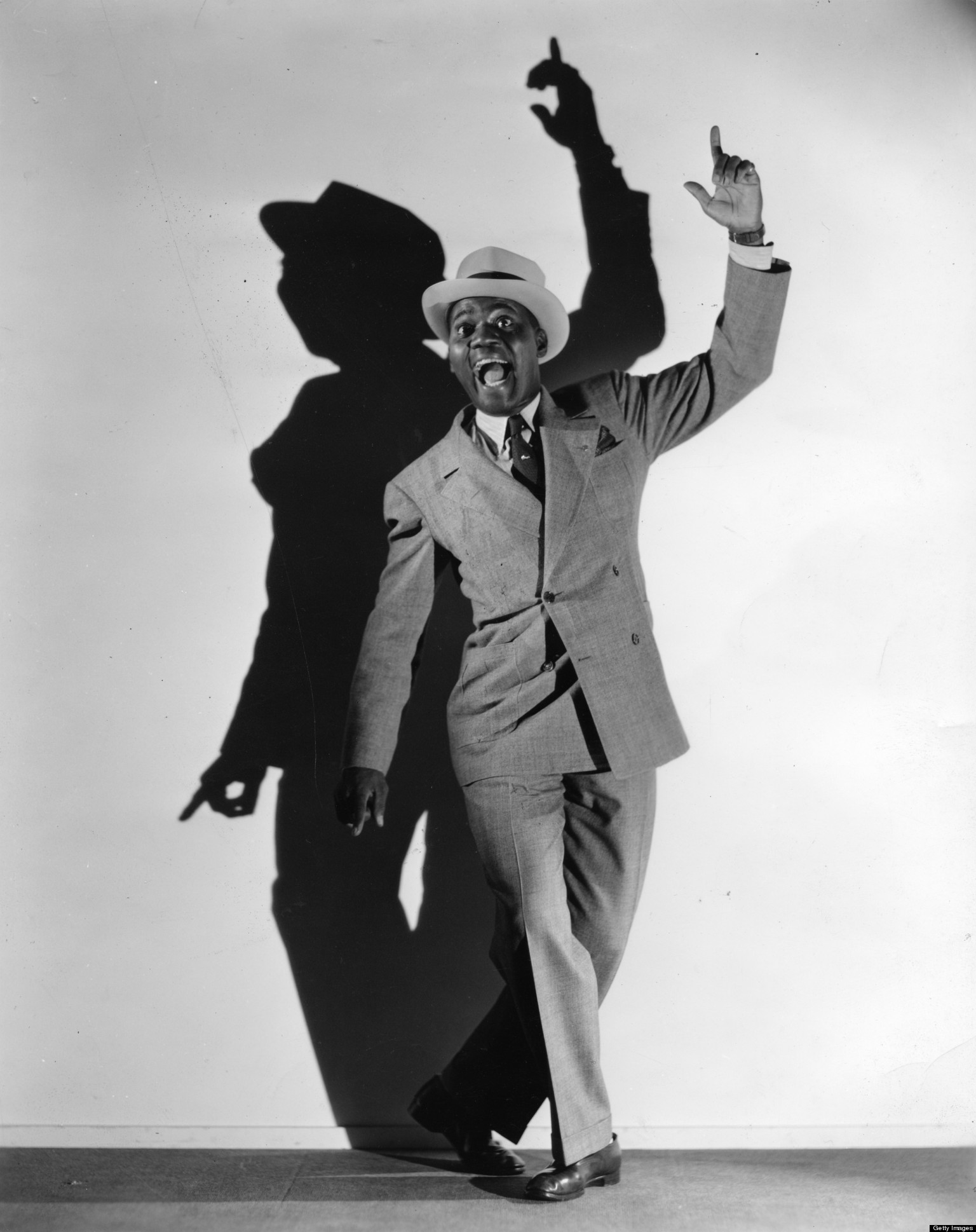
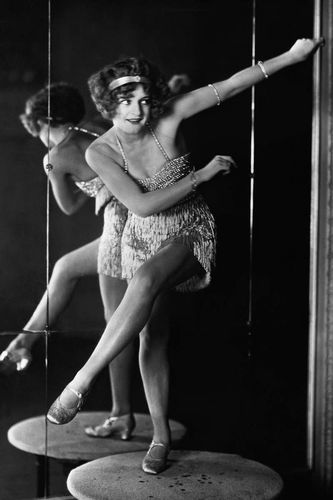
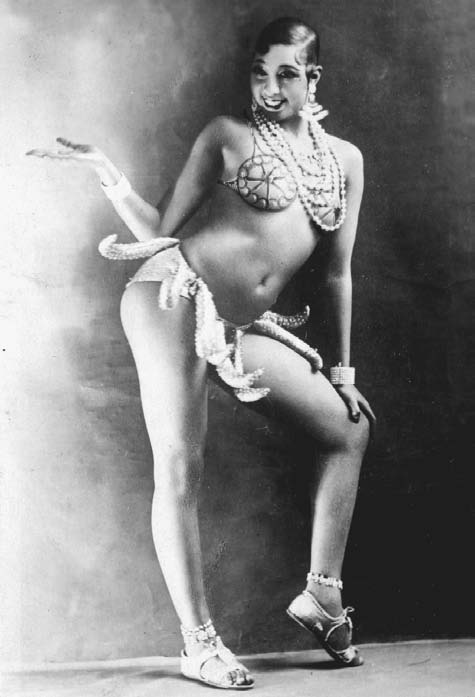
2. Try every solo jazz movement from the other leg
We all inevitably develop preferences of specific side or leg. It’s important to be balanced in your body, movement and dance. You don’t want to be a person who is only turning on the right leg and only kicking high with your left. We should work on being a balanced “two legged dancer”.
This will really open many doors and help not to limit yourself in a dance. Not having a strong preference of a side or a leg for a turn or certain step will noticeably help you learn other people’s choreographies. My advice is to always try movement and combos from the other leg and to the other side. It might be uncomfortable in the beginning, but, believe me, it will pay off.
3. Find one more variation for a solo jazz step
Creating variations is the first step towards improvisation. Variation is a slightly different version of an original or basic step. There are many tools on how you can play with a given solo jazz dance step to create a variation. To name a few: tool of direction, rhythm, rotation, volume and others. How are you going to tweak a step?
You have a universe in your body and yourself, – the universe of ideas. Play with them with those ideas. Learn from me, from others, but give yourself a precious present: “give birth” to your and only your variation of a step or a move.
“What if” I do it this way?
I have a whole course on variations in 4 volumes that is called “Variation Lab”. Each volume is dedicated to 1 step: cross step, fall off the log, box step and charleston step. I propose about 14 variations of each step in a course as well as tool on how to play with it.
4. Be a musician
We all hear music a little bit differently. What do you hear? Your teachers way is not the only way, it’s just a way. What is your take? Take a move and play with accents or timing.

5. Play, play, play!
Playing is a fundamental element of “being in jazz” and being in a jazz state. Jazz is about creation, exploration and not only replication. Replication can be helpful in the process of learning. Try not to take copying as the final result.
How do we learn to play in solo jazz dancing? For instance, you learn my choreography at the end of Acquaintance with Kicks chapter. Practice it. And then change some parts, change the moves and components places. Compose your own little piece using this material: same music, same moves. Take it apart and recompose.
Dancing is playing!
6. Improvise
Improvisation and playing are sister categories. Improvisation is the essence of jazz. And improvisation is being in a state of a play: researching, risking, making a move, deciding.
In a few words, how do we approach improvisation? Learn the new material (a step, rhythm, movement), it’s technique and then let it go in a flow of your dance. Put on a song and start dancing, occasionally inserting the new material you learned in your improvisation. Through improvising you will unlock your style and your vision of the dance.
You can explore this topic deeper in my blog How to practice improvisation in solo jazz
7. Enjoy and don’t judge yourself too hard
Feeling of joy is so important when creating and dancing. I am not talking you have to be all “happy-clappy”, just in case. I am talking about the Joy of dancing, exploration of your movement, the joy and inner longing for connection with music, the joy of discovery. You got to enjoy it, otherwise, how would you ever encourage your self to practice, to create?
If you don’t enjoy it, you simply won’t do it
Judgement
Few words about judgement. Be nice to yourself, my dear reader, give yourself some time for growing, searching and developing. The big changes don’t happen overnight and don’t expect that after one heroic attempt to go practice you’ll skyrocket to the moon. What will happen for sure, is that you will be better than you were before that practice and that is undeniable! Practice makes you better. Regular practice will make you Top! Hence film yourself while working on something. Watch, reflect, make notes in your head and try again. Always with love and curiosity.
I hope these 7 tips will help you learning and growing in your jazz dancing. Do you have your own tricks that help you improve your dancing, practice?
P.S.
Hope you will find those tips inspiring and motivating to get up and go polish the diamond of your solo jazz dance! If you are learning from my online courses, you can share your experiments and practice with me at Jam Circle Forum and get my feedback. In case you are still not a member and would like to learn and grow in solo jazz dance, join Secrets of Solo dance school today and don’t leave your dreams for tomorrow. You can check out subscription plans here.

